Wei PAN, graduated from the department of fine arts in Shanghai Donghua University, embarked his art career in 1990 when he was pursuing overseas studies in Japan. He is currently the guest professor at Musashino Art University. Since 1989, He has held more than fifty exhibitions in China, Japan and other European countries, earning him the reputation as the representative of Chinese artists in Japanese art circles.
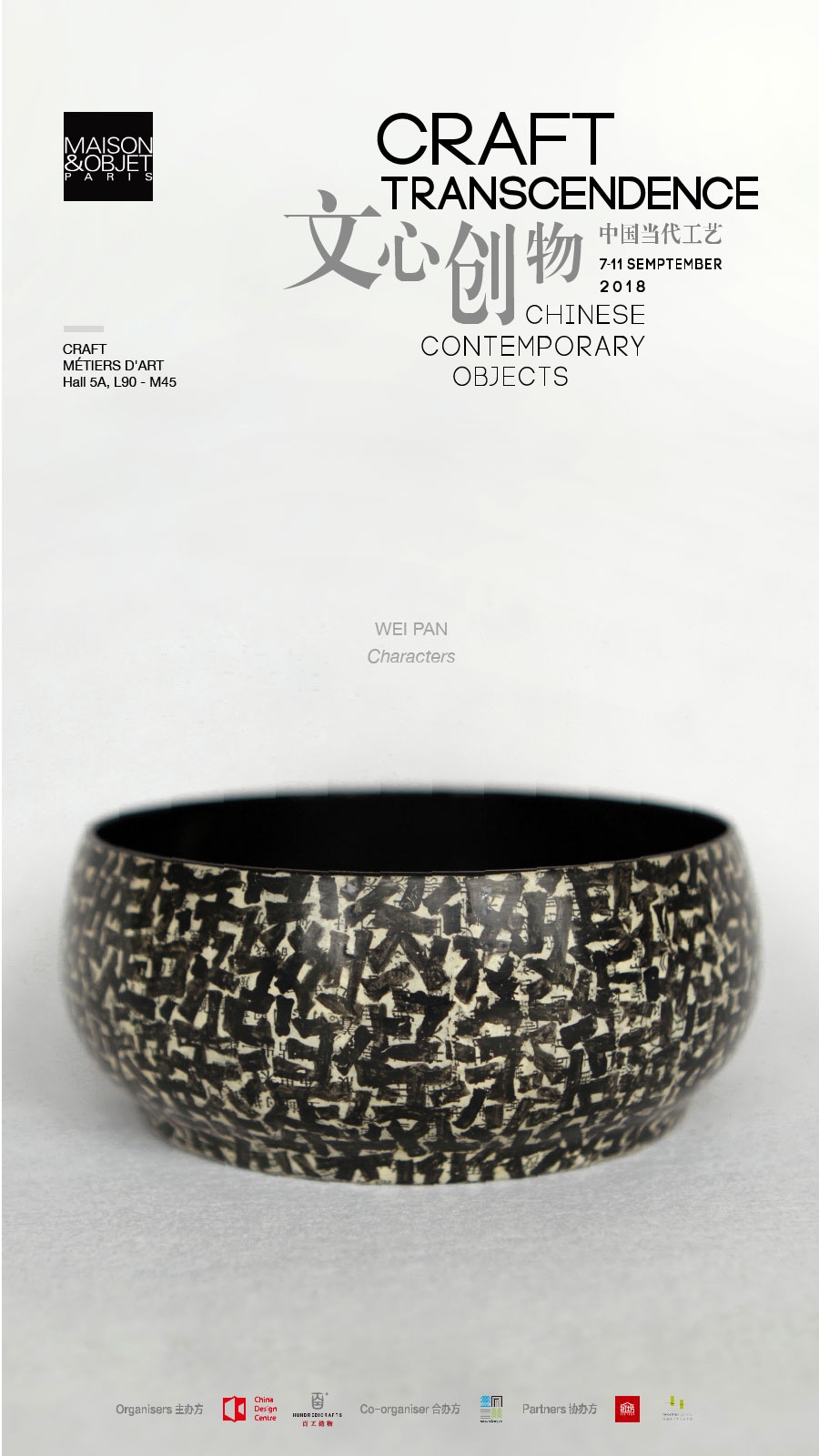
Pan excels at using ancient Chinese characters and art patterns to explore the concept that "calligraphy and painting have the common origins". The lines, ink patterns, and calligraphy in Chinese painting are closely related, so people can't divide calligraphy and painting since they are compatible and coexist with each other.
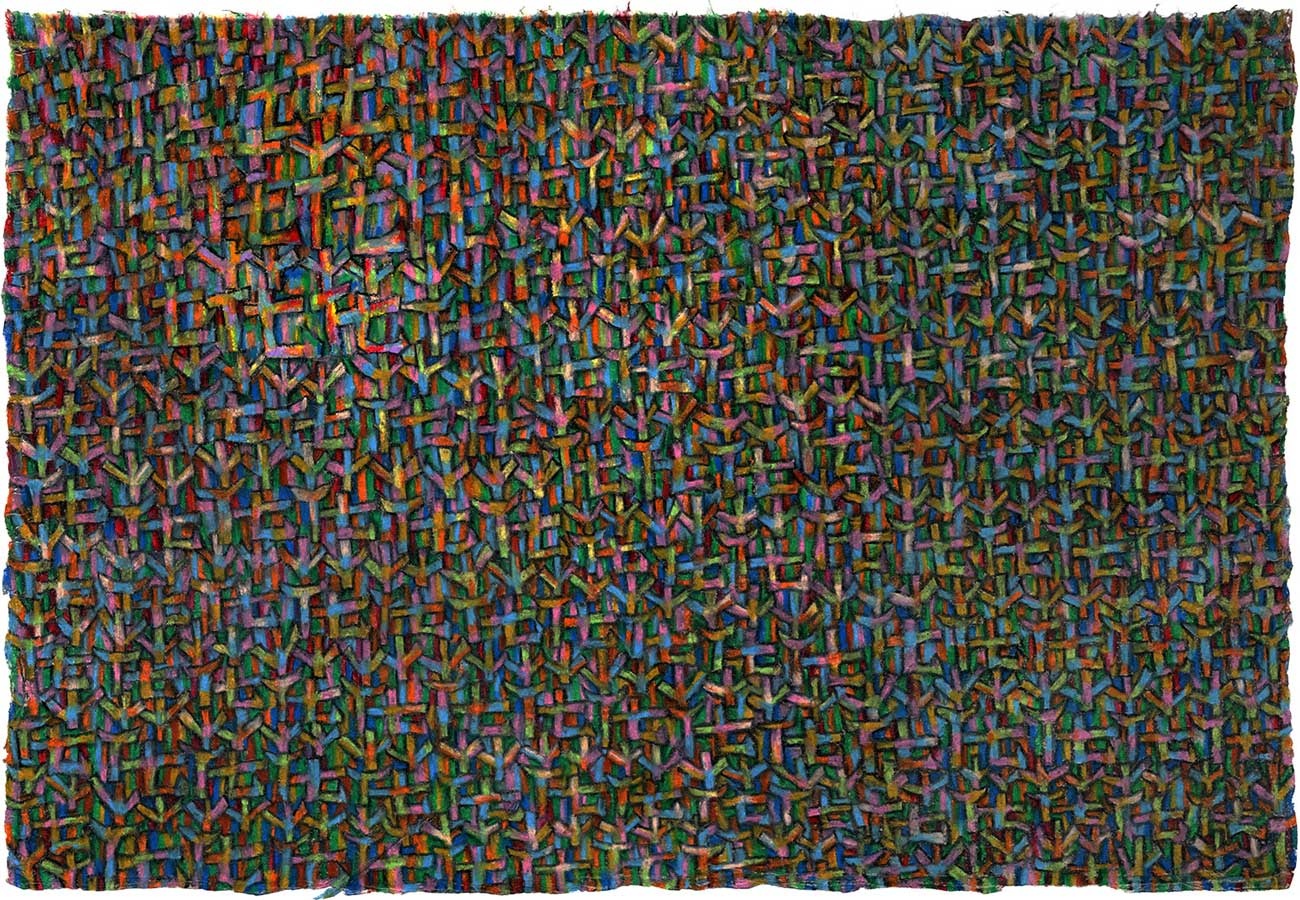 Characters, 2012, mixed-media on paper, 42x62cm
Characters, 2012, mixed-media on paper, 42x62cm
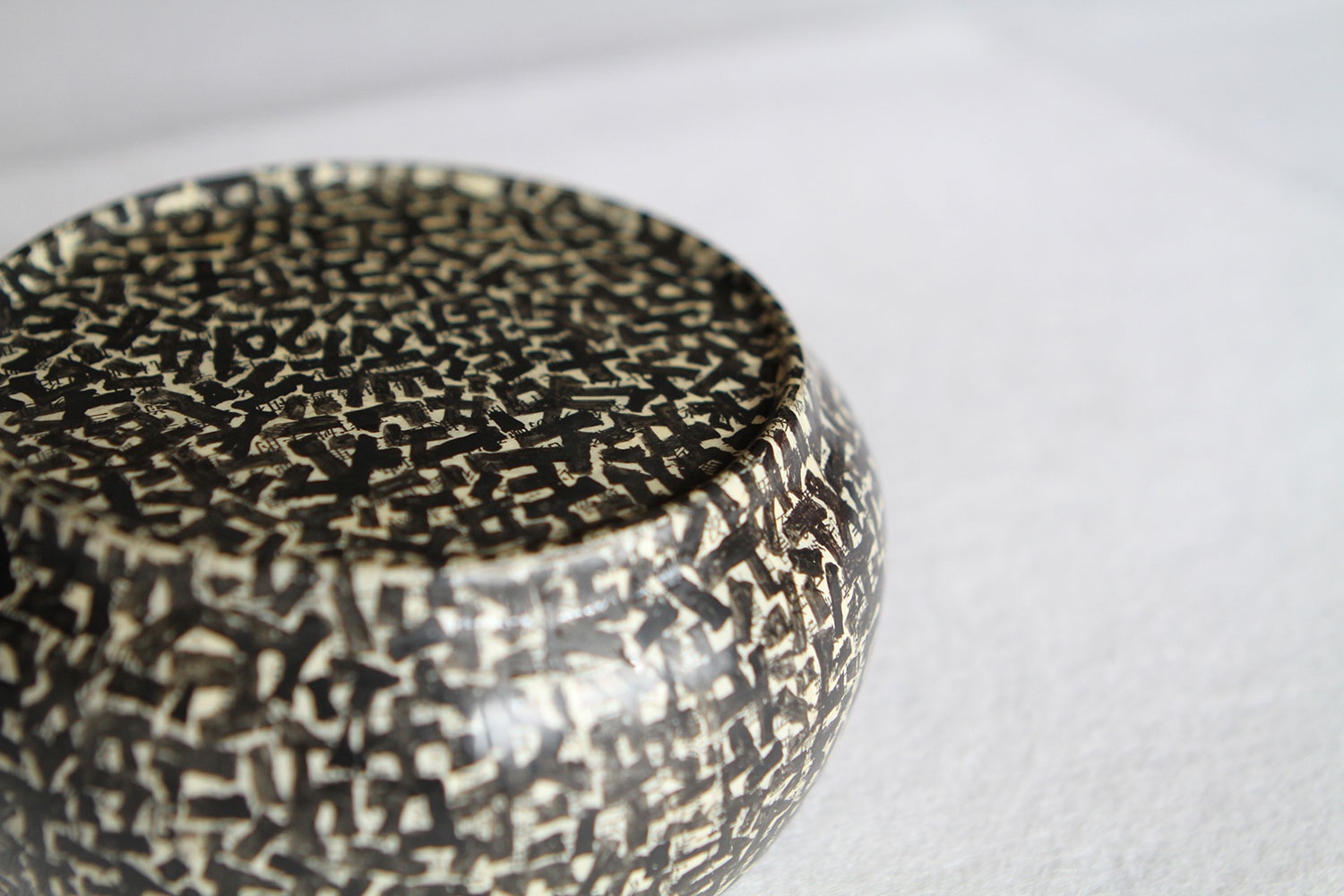
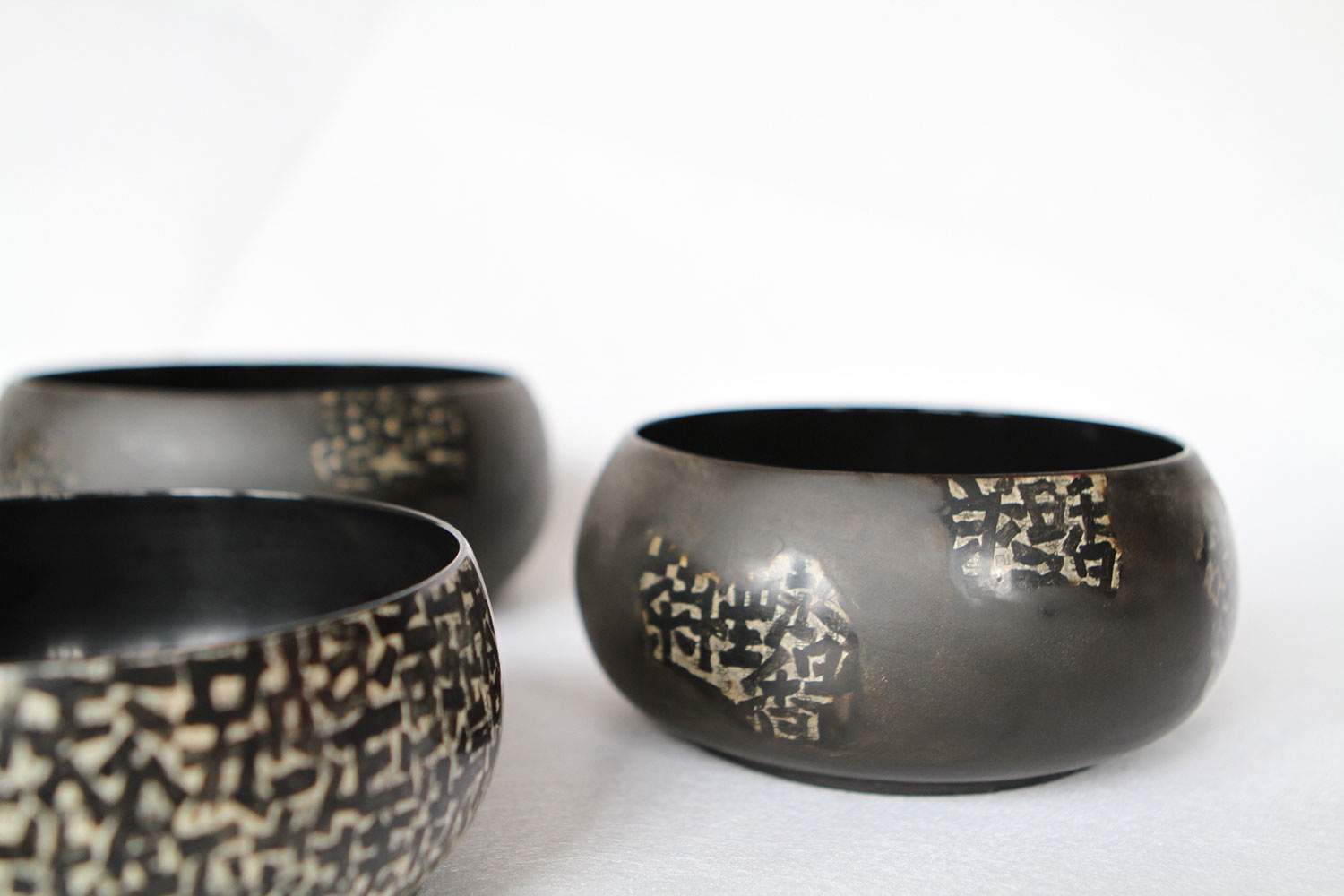
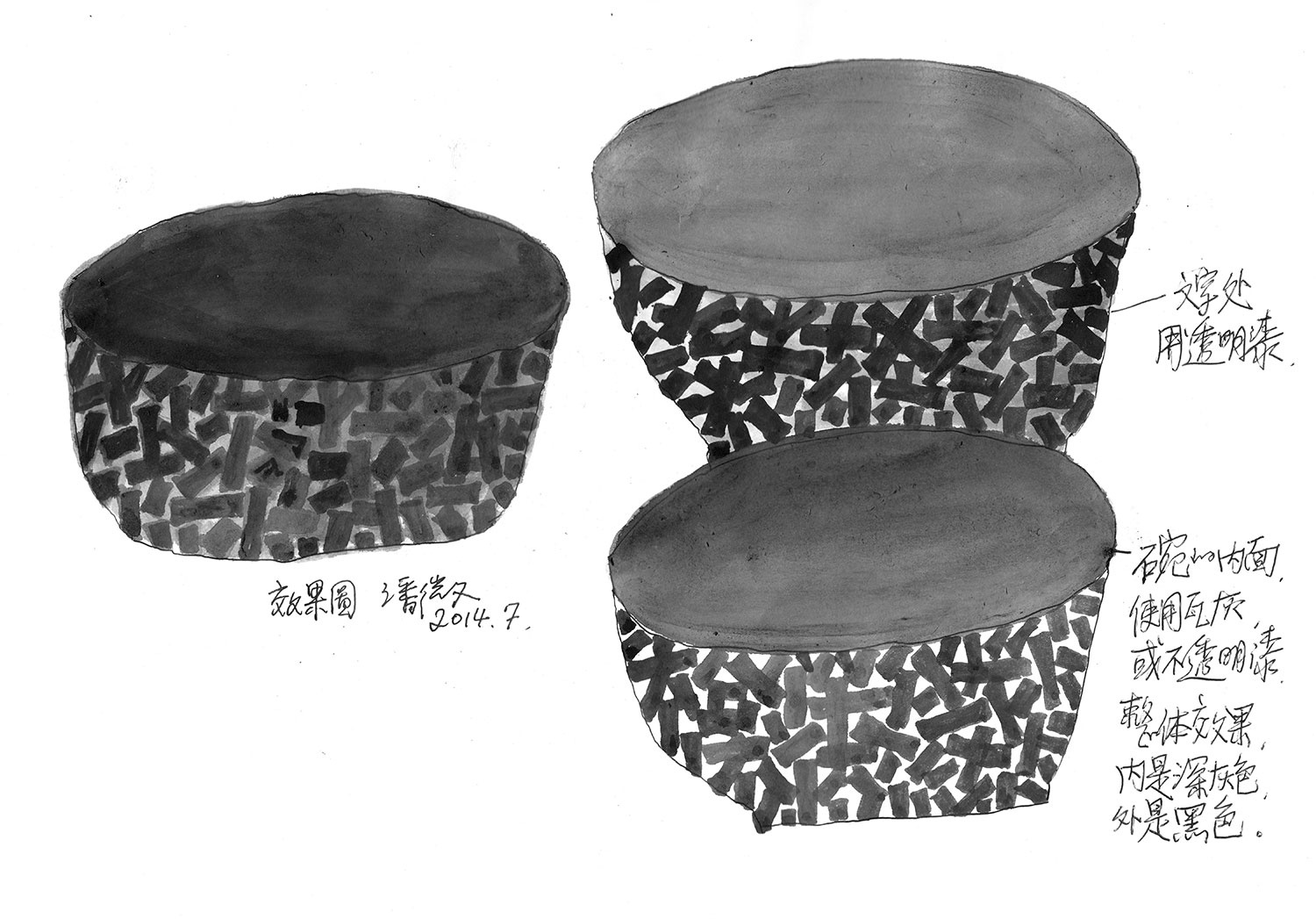
His masterpiece ‘Characters’ is one of the examples which visualises characters and art elements.
The "texts" in the work are recreated according to the existing hieroglyphs, deriving from our daily lives. The artwork is meant to blur the boundary between pictures and texts, surpassing the original meaning and become the symbols which are closely related to the visual language of abstract paintings.
The designer first applied excerpts from ancient books to the surface of the bowl, which is made from elm and lacquer paints. Afterwards, ink calligraphy was written on its surface several times to protect the paint, along with the polishing procedure. The last process is applying protective coatings.
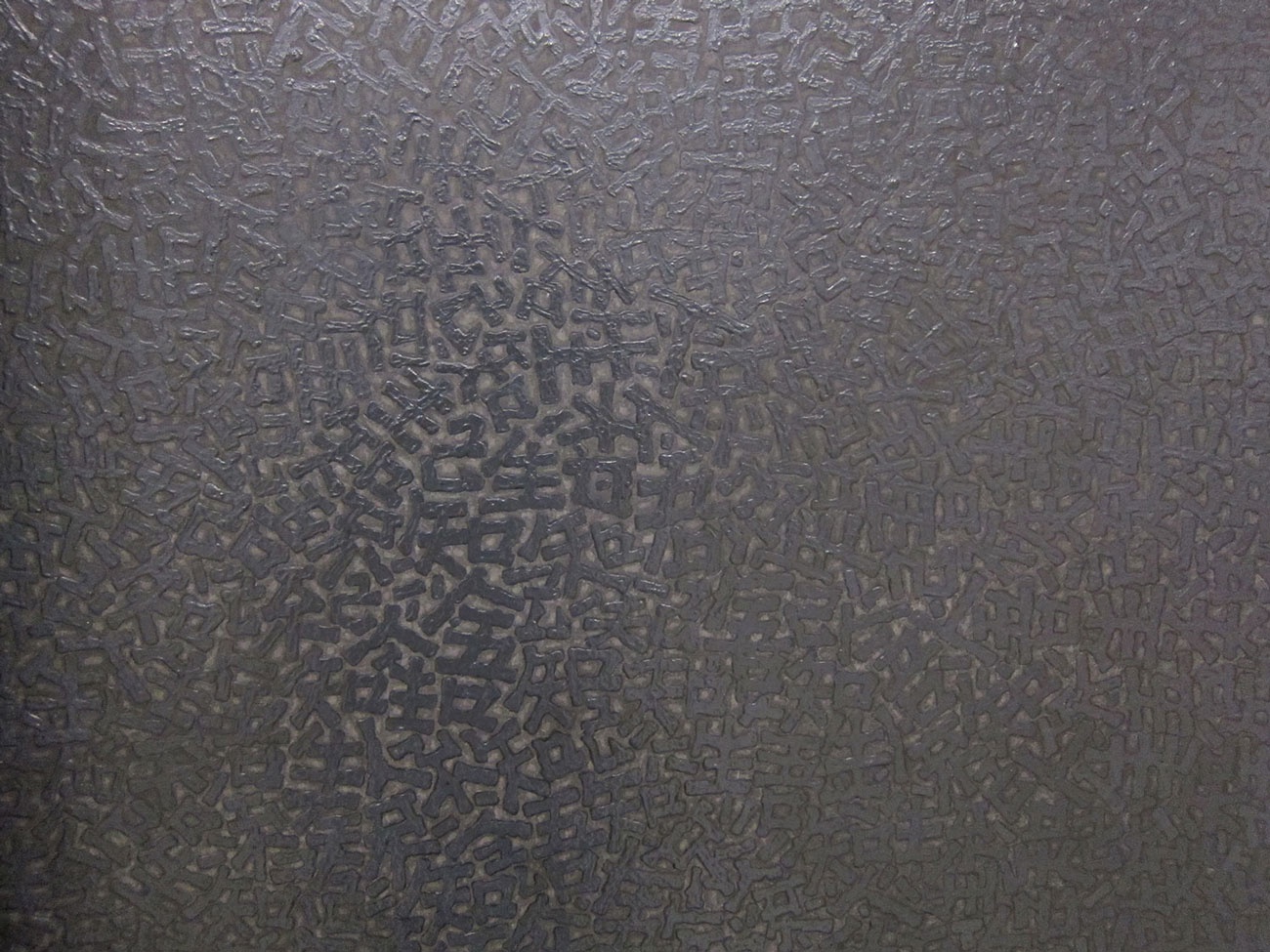
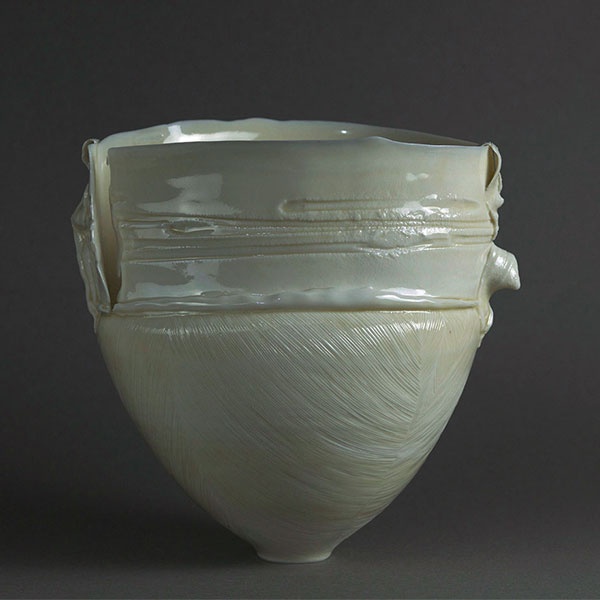
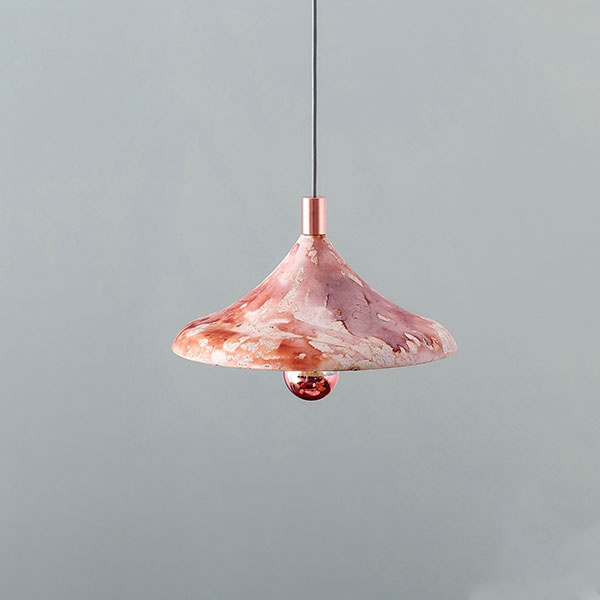
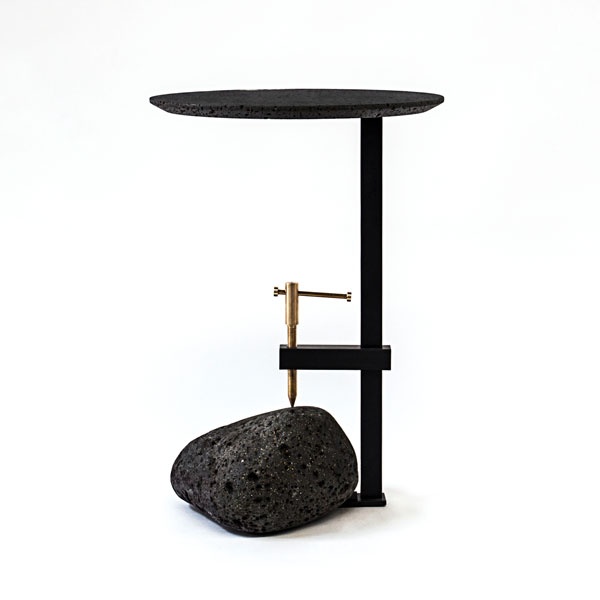
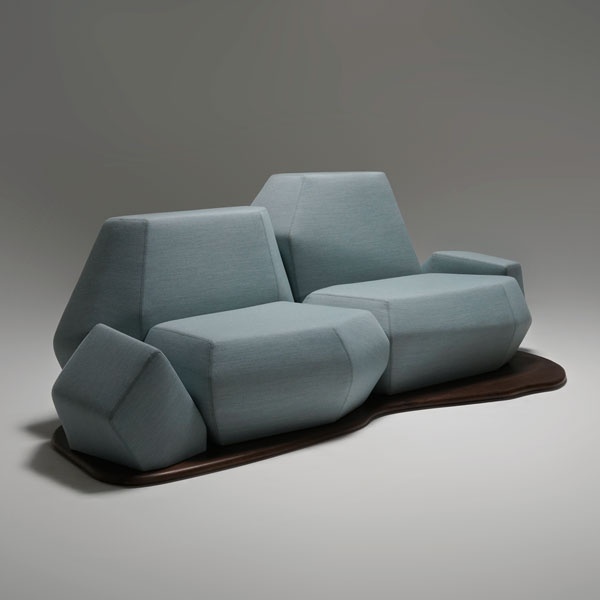
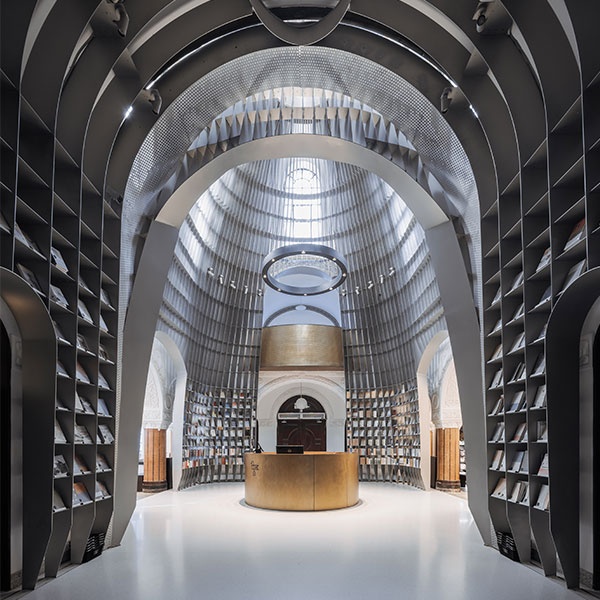
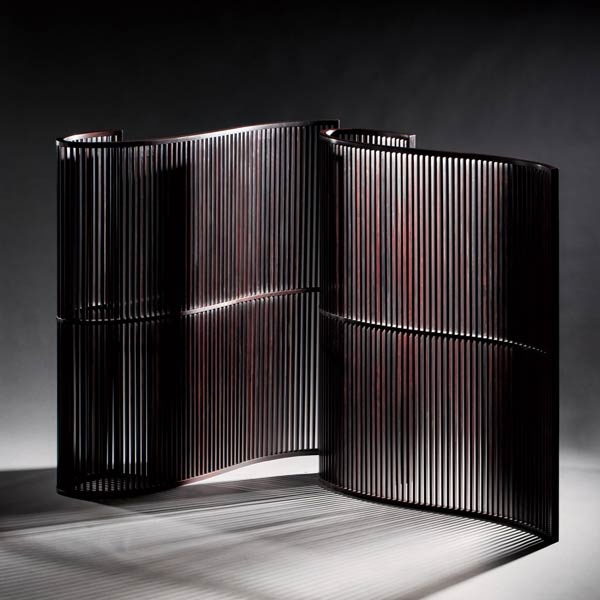
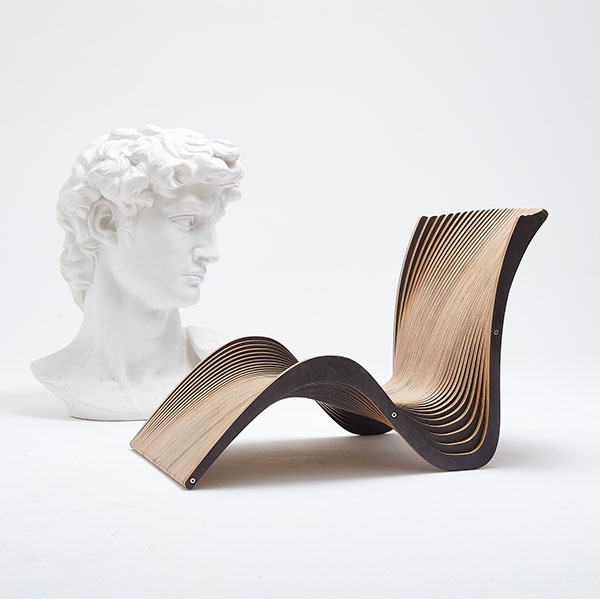
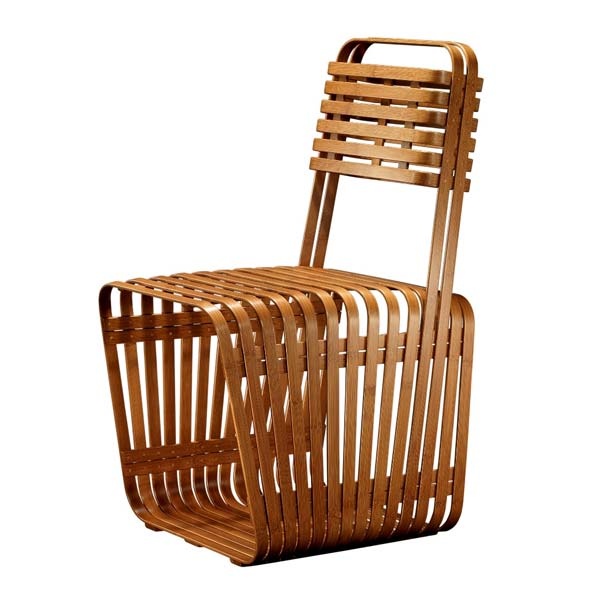

1 / 31
show thumbnailsnext picture previous picture start slideshow close lightbox